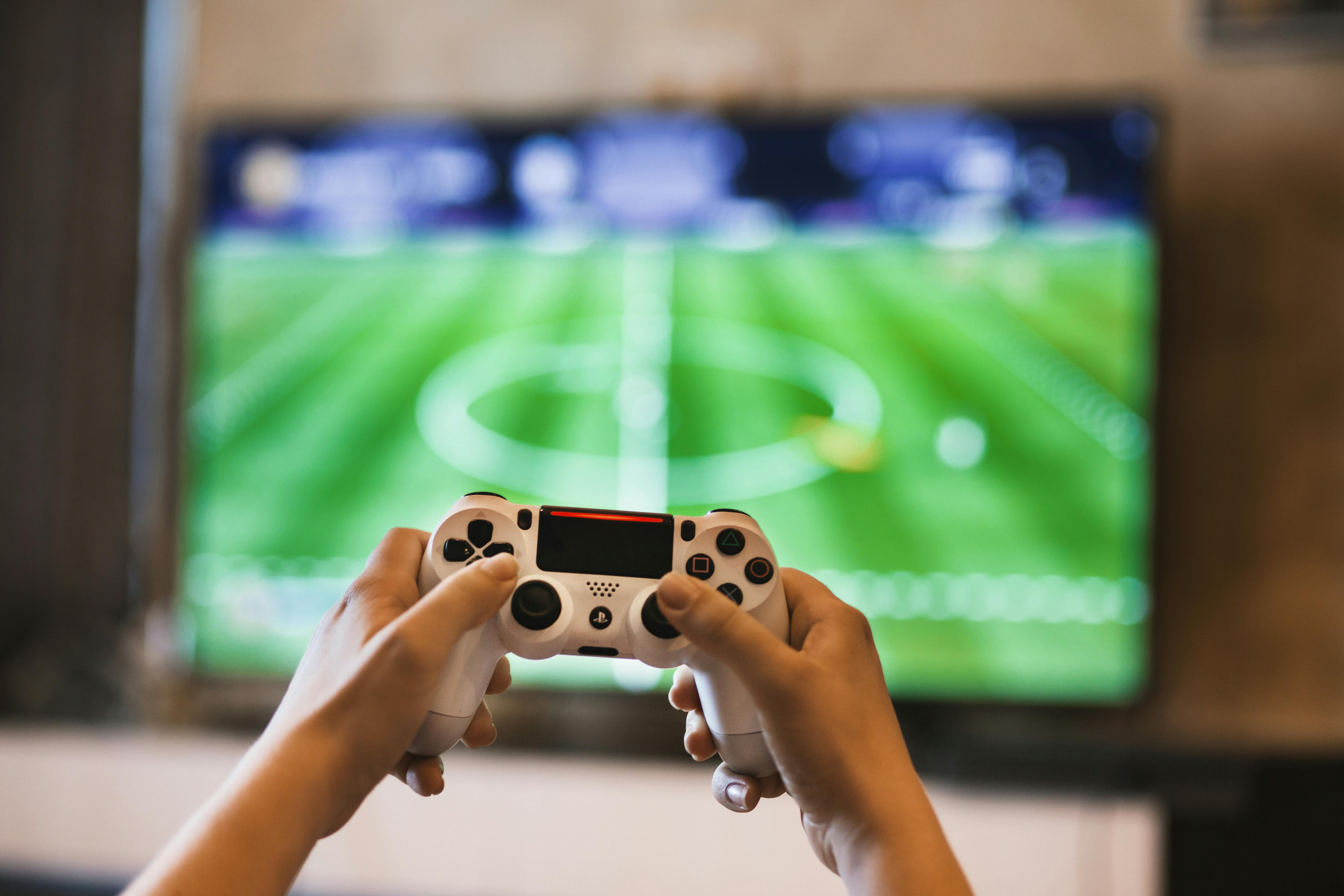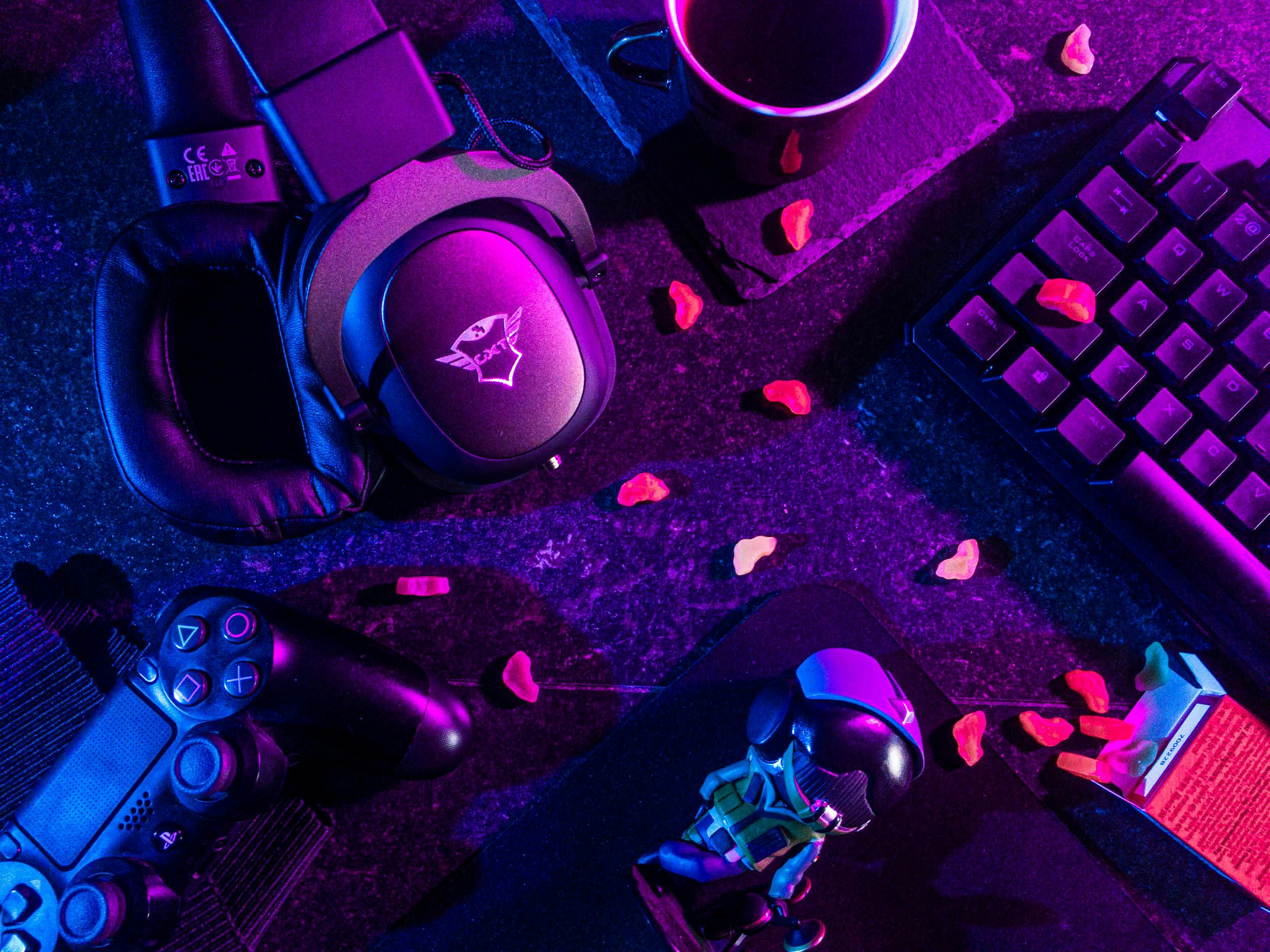That Feeling When ‘Hard Mode’ Just Feels… Wrong
We’ve all been there. You start a new game, and feeling confident, you slide that difficulty setting straight to ‘Hard’. You’re ready for a true test of your skills. But a few hours in, the excitement turns to frustration. It doesn’t feel challenging; it feels cheap. Suddenly, the most basic enemies can absorb an entire magazine of ammo and take you out with a single, impossibly accurate shot from across the map. This, my friends, is the classic case of a ‘bad’ hard mode.
The difference between a well-designed challenge and a poorly implemented one can make or break a gaming experience. One makes you feel like a tactical genius when you succeed, while the other just makes you want to throw your controller. So, what exactly separates the good from the bad?
The Anatomy of a ‘Bad’ Hard Mode: The Bullet Sponge Problem
A ‘bad’ hard difficulty is often a lazy one. Instead of making the game’s AI smarter or introducing new mechanics, developers simply tweak a few numbers. This lazy approach typically involves:
- Inflated Enemy Health: This is the most common offender. Enemies become ‘bullet sponges,’ taking an absurd amount of damage to defeat. It doesn’t make the fight more strategic; it just makes it longer and more tedious.
- Unfair Damage Output: Enemies suddenly hit like trucks, often one-shotting you. This removes any margin for error and punishes you for tiny mistakes in a way that feels unjust.
- Psychic AI: Enemies spot you instantly, have perfect aim, and seem to know exactly where you are at all times, even behind solid cover. This removes elements of stealth and positioning from the equation.
A great example discussed by gamers is Mafia 2’s hard mode. Players found that instead of smarter mobsters, they just faced enemies with god-like aim who could soak up damage, turning strategic shootouts into a frustrating war of attrition where victory felt more like luck than skill.

What Makes a ‘Good’ Hard Mode So Rewarding?
A ‘good’ hard mode, on the other hand, respects the player. It challenges your brain, not just your patience. It’s tough but fair. When you fail, you know exactly what you did wrong and how you can improve. These modes often feature:
- Smarter, More Aggressive AI: Instead of just being tougher, enemies are smarter. They’ll work together to flank you, use their abilities more effectively, and change up their attack patterns. They force you to think on your feet.
- New Enemy Types and Placements: Great hard modes often remix enemy encounters, introducing tougher enemy variants earlier or placing them in more strategic, challenging locations.
- Resource Scarcity: The game might give you less health, ammo, or fewer healing items. This forces you to be more strategic and make every shot count.
- Focus on Mechanics: A good challenge encourages you to master the game’s core mechanics. Games like Metal Gear Rising: Revengeance increase enemy aggression but also boost the damage from a successful parry, rewarding skilled play.
Games like Wolfenstein are often praised for this. On harder difficulties, the enemies don’t just become bullet sponges. They become more coordinated and reactive, forcing you to use cover, plan your attacks, and manage your resources wisely. Victory feels earned.

Here’s a quick breakdown of the key differences:
| Feature | Good Hard Mode | Bad Hard Mode |
|---|---|---|
| Enemy AI | Smarter, more aggressive, new patterns | Unchanged, just psychic aim |
| Enemy Health | Slightly increased or unchanged | Massively inflated (bullet sponges) |
| Gameplay Focus | Strategy, skill, and resource management | Patience and repetition |
| Player Feeling | Challenged, rewarded, accomplished | Frustrated, cheated, annoyed |
Frequently Asked Questions (FAQs)
What is a ‘bullet sponge’ in gaming?
A ‘bullet sponge’ is an enemy with an artificially high amount of health, making them tedious to defeat because they can absorb a huge amount of damage without adding any real strategic depth to the fight.
Why do developers make ‘bad’ hard modes?
Often, it’s a matter of time and resources. Properly designing a sophisticated hard mode with improved AI is complex and expensive. Simply increasing enemy health and damage stats is a much quicker and cheaper way to add a ‘harder’ difficulty setting.
What are some examples of games with ‘good’ hard difficulty?
Many players point to games like Wolfenstein, DOOM (2016) and DOOM Eternal, Metal Gear Rising, and many FromSoftware titles like Elden Ring as examples of games with challenging but fair hard modes that reward player skill.
Does playing on hard mode make you a better gamer?
It can. A well-designed hard mode forces you to engage more deeply with a game’s systems and master its mechanics, which can certainly improve your skills. However, the most important thing is to play at a difficulty level that you find fun and engaging.
Is it okay to lower the difficulty if a game is too hard?
Absolutely! Games are meant to be enjoyed. There’s no shame in turning down the difficulty to have a better experience. As one gamer put it, single-player games aren’t a competition. The goal is to have fun.

Conclusion: Challenge Should Be Meaningful
At the end of the day, a hard mode should enhance the experience, not detract from it. It should make you feel like your victory was earned through superior strategy and skill, not just by bashing your head against a wall of inflated stats. The best developers understand that a true challenge isn’t about making the player’s life miserable. It’s about giving them the tools to overcome incredible odds and feel like a hero for doing so. The next time you set a game to hard, ask yourself: are you being challenged, or just annoyed?